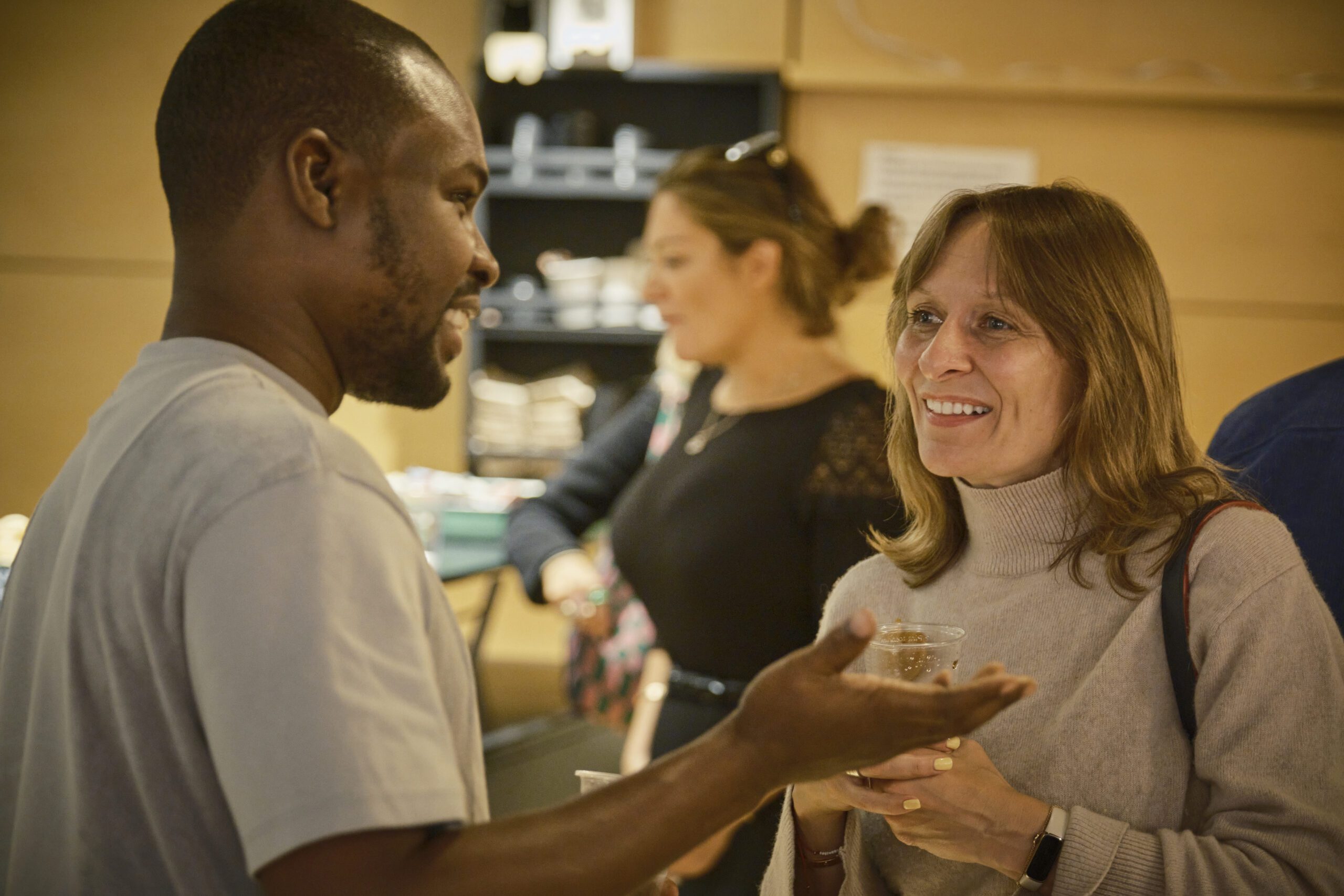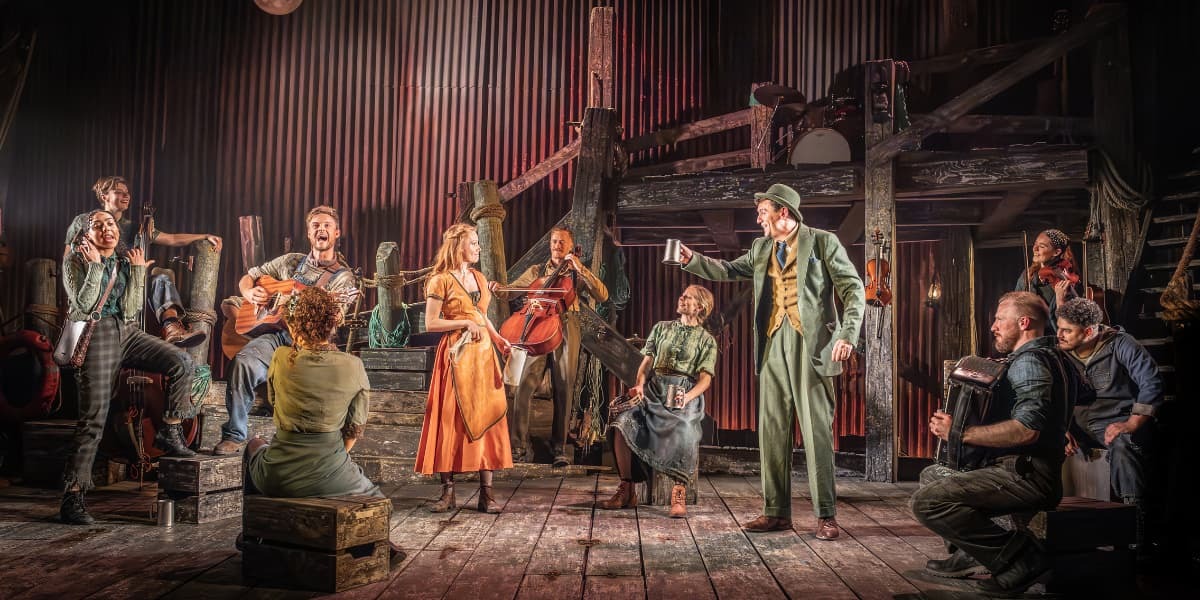Performer Jaye Elster shares her experience performing in a role that is often misunderstood, that of a swing.
when the unpredictable nature of live theatre strikes, a swing’s priority automatically falls to the show’s function above their own performance.
What Is A Swing?
In theatre, the most literal translation of the saying “the show must go on” is “the swing must go on”. Given any cast absence, it is the job of a swing to step in for the subsequently missing ensemble track, or tracks. Absence happens for a variety of reasons but namely illness, injury and annual leave. At such performances, audiences are likely to recognise the understudy that steps in to play a role but they might find it harder to spot the swing that has swung into action.
There are two types of swing: on-stage swings perform all scheduled performances in their own, although likely to be reduced, ensemble track. Off-stage swings only perform in the event of a missing ensemble track.
I like to think of swings as siblings to the ensemble cast in a production. They share the same DNA, but they have very different jobs. An ensemble member prioritises performance, whereas a swing prioritises the mechanics of a production. Of course, a swing is not an all-singing, all-dancing shell of a performer, they surely ‘perform’, but when the unpredictable nature of live theatre strikes, a swing’s priority automatically falls to the show’s function above their own performance.
42nd Street ran at the Theatre Royal Drury Lane with an ensemble of thirty-four. Ignoring the fact that swings can cover either gender, a female swing on 42nd Street was responsible for learning and performing on command any one of 22 female ensemble tracks. That’s 22 times the retention of an ensemble cast member.
Striving to deliver a spotless performance of any one track without warning is both brave and praiseworthy, but a job well done for a swing lies in simply helping the show tell its story from curtain up to curtain down.
The Time I Chose Ensemble
In the early years of my performing career, I was lucky to experience work both as ensemble and swing members of a company. In fact, I did so on rotation. I made my debut as ensemble in Fame, I went on to swing in Shoes the Musical before being given the choice between off-stage swing and an ensemble track when Singin’ in the Rain transferred to the West End. I chose ensemble.
In retrospect, I chose ensemble wanting to tick the ‘be in a West End show’ box off my career bucket list, where being “in” meant performing nightly, and reacting to the fear that some might think I wasn’t good enough to be cast as ensemble. I am as guilty for worrying about the latter as I am for holding a similar misconception in football.
I‘d never given much thought about why footballers might find themselves on the subs bench and, truth be told, I just assumed they weren’t as good as the players on the pitch. But then I started to draw parallels between football and theatre.
As a swing, I wait in the dressing room (on the bench), until another actress (player) falls ill and I am substituted in their place. By applying the same logic I used to differentiate between the starting eleven and those on the subs bench, I might easily assume that a swing is not as good as the actress who takes to the stage (pitch) eight shows a week. Feeling resolute that swings do not have a lesser skill set, I decided to talk to my football friends to check the validity of my sporting rationale.
There are plenty more reasons that a player might be found on the subs bench: budget, injury and, most fittingly, a knack for versatility, known by the profession as the utility player. In team sports, Wikipedia defines the utility player to be one who can play several positions competently. Their knowledge of the different plays that can be made from different positions on the pitch correlates directly with the knowledge a swing has of the different choreography performed in different positions on the stage. In so many words then, a footballer might be on the bench because they are a swing.
The Moment I Chose Swing.
I remember begging my Dance Captain on Singin’ in the Rain to let me swing when absences were causing the show to become vulnerable. I craved the thrill of the rescue and to swim deeper into the veins of the production, so I could understand it more. This stood me in good stead, as I later went on to stage the production as Associate Choreographer in Russia and Australia. That’s when I knew; from now on I choose swing.
As a swing, I have sung solos, danced duets, juggled props, played spoons, mimed the bassoon and flipped over sofas […] Is it any wonder that swings are recognised by the industry to be some of the most triple threat performers we have on our stages?
Why Might You Choose Swing?
So many of us will have gotten into theatre to be seen. Isn’t that the definition of performing? But I have since learned the spectrum of career pathways is bountifully more colourful than simply working your way up from ensemble to principal role. There are pathways that some performers are better wired to take than others. Mine, happily for me, took the swing route.
I am not the rule however. Jeremy Jordan, Karen Olivo, Jonathan Groff and Jerry Mitchell all made their debuts as a swing before becoming the household Broadway names we know today. These musical theatre heavyweights make mincemeat out of the rumour that once you’ve swung, you risk being pigeon-holed as a swing.
As a swing, I have sung solos, danced duets, juggled props, played spoons, mimed the bassoon and flipped over sofas. I remember show set-ups that were dangerously thin on the ensemble ground and I’d forgive myself for feeling like a superhero jumping from quick change to quick change, reappearing as multiple aliases. Is it any wonder that swings are recognised by the industry to be some of the most triple threat performers we have on our stages? For that reason, there are no limits to the onward careers swings can lead. Many versatile young footballers get their foot in the door to the professional game as the utility player. Many performers find their way through the stage door as a swing. Where you choose to fly afterwards is entirely up to you.
Jaye Elster began her career as a professional actress and quickly found her feet in both Dance Captain and Swing roles. West End credits include ‘Half a Sixpence’ (Noël Coward Theatre), ‘Matilda the Musical’ (Cambridge Theatre) and ‘Singin’ in the Rain’ (Palace Theatre), a production she later staged internationally as Associate Choreographer. Outside of performing, Jaye is a passionate guest teacher for some of the UK’s top musical theatre institutions. Jaye would say her early reputation as a Swing is largely responsible for her continued success in an ever-challenging industry and hence strongly believes the role has gone misunderstood too long.



















